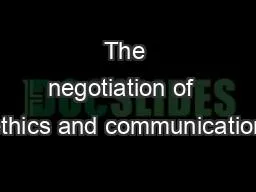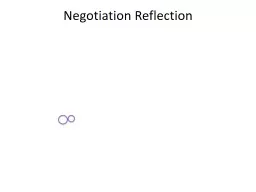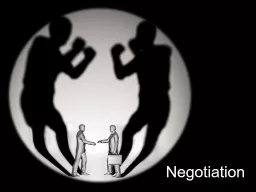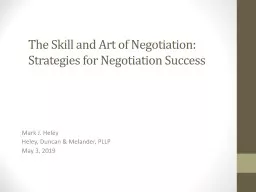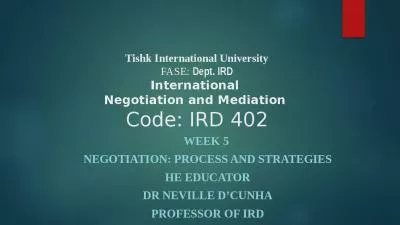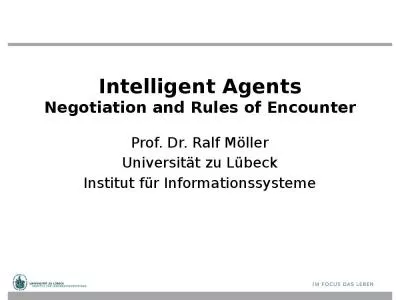PPT-The negotiation of ethics and communication
Author : markes | Published Date : 2020-10-01
in institutional research about inequality in students outcomes Duna Sabri 27 June 2016 d unasabrikclacuk Closing the Gap Research and Practice on Black and Minority
Presentation Embed Code
Download Presentation
Download Presentation The PPT/PDF document "The negotiation of ethics and communica..." is the property of its rightful owner. Permission is granted to download and print the materials on this website for personal, non-commercial use only, and to display it on your personal computer provided you do not modify the materials and that you retain all copyright notices contained in the materials. By downloading content from our website, you accept the terms of this agreement.
The negotiation of ethics and communication: Transcript
Download Rules Of Document
"The negotiation of ethics and communication"The content belongs to its owner. You may download and print it for personal use, without modification, and keep all copyright notices. By downloading, you agree to these terms.
Related Documents

